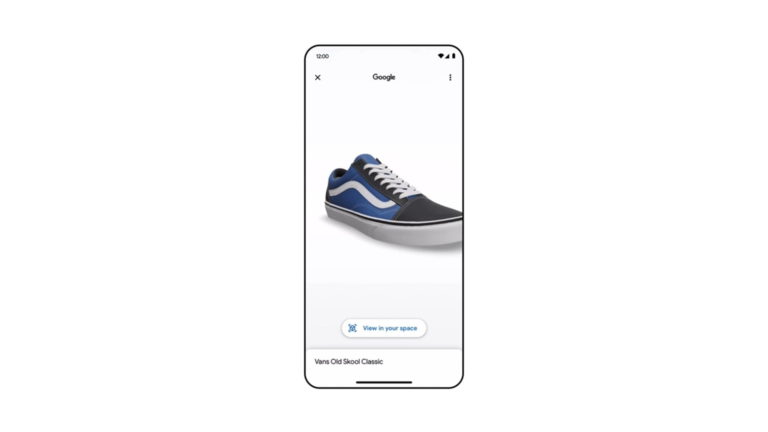
AR continues to evolve and take shape. Like other tech sectors, it has spawned several sub-sectors that comprise an ecosystem. These include industrial AR, consumer VR, and AR shopping. Existing alongside all of them – and overlapping to some degree – is AR marketing.
Among other things, AR marketing includes sponsored AR lenses that let consumers visualize products in their space. This field – including AR creation tools and ad placement – could grow from from $3.4 billion in 2022 to $14.5 billion in 2027 according to ARtillery Intelligence.
Factors propelling this growth include brand advertisers’ escalating affinity for, and recognition of, AR’s potential. More practically speaking, there’s a real business case. AR marketing campaigns continue to show strong performance metrics when compared with 2D benchmarks.
But how is this coming together? And what are best practices? These questions were tackled in a recent report by ARtillery Intelligence, containing narrative analysis, revenue projections, and campaign case studies. It joins our report excerpt series, with the latest below.
Key Ingredients
Picking up where the last part of this series left off, the AR marketing ecosystem continues to coalesce. For example, AR marketing’s key ingredients include graphical elements (such as 3D models) and pre-defined interactions for things like virtual product try-ons.
Elsewhere in the AR marketing stack are infrastructure, optimization, and distribution tools for large-file 3D product models. That includes things like compression technologies and rendering workflows to get images to the right places. This is addressed by innovators such as VNTANA.
Another opportunity is for platforms that can streamline the creation of AR interactions and end-user experiences. This broad category has several entry points for varied skill sets, including tools that range from Unity to Jigspace to Niantic’s 8th Wall to Snap’s Lens Studio.
Another example in this value chain is Adobe Aero. It offers a no-code creation environment for AR interactions. One of its biggest advantages is that it plugs right into Adobe Creative Cloud, and inherits the design language (think: Photoshop) of the ubiquitous suite for creative pros.
AR as a Service
Another key ingredient of the AR marketing stack is 3D model creation and product scans. Before creating AR try-ons for instance, these 3D assets are a key ingredient. Companies specializing in the tools to build these models include CG Trader in hard goods, and QReal in food.
Meanwhile, big brands like IKEA, Wayfair, and others have developed in-house systems to 3D-scan their product libraries. But the real opportunity is for standardized methods that can help them scale up 3D image libraries; and to bring AR within reach of smaller down-market players.
Apple has begun to do this with Object Capture, which lets anyone with an iPhone create 3D models from photos that are stitched together. Snap and Amazon have partnered to do something similar, and we’ll continue to see such features lower barriers for 3D model creation.
Collectively, we call the above tools “AR as a Service (ARaaS).” Like SaaS, ARaaS could democratize AR functionality to lower barriers and accelerate time to market. This will be a rapidly-developing segment of AR that will have several opportunity gaps to fill in the coming years.
Immersive Ethos
Beyond AR marketing capabilities, another question is measurement. What are the right metrics to evaluate the still-nascent field of AR marketing? This is important because AR’s depth of engagement may not be captured by traditional web metrics like clicks and impressions.
But because Madison Avenue is somewhat habit-bound, these metrics have been projected onto AR. So AR’s challenge will be to develop its own native metrics that better characterize its immersive ethos. Indeed, it’s differentiated enough to deserve its own meter stick.
So what will be the CTR of AR? One such metric beginning to emerge is dwell time or session lengths. AR’s ability to captivate consumers with immersive content has proved to boost this metric, which in turn boosts common brand objectives like brand affinity, ad recall, and sales.
Altogether, this is about having benchmarks and common languages. Standard units can assign value to AR engagement levels that brand marketers can expect, and help normalize its performance. This will be a moving target as AR marketing evolves and grows into its own skin.
We’ll pause there and return in the next installment with AR marketing platform profiles and campaign case studies that demonstrate best practices. Meanwhile, see the full report here.

